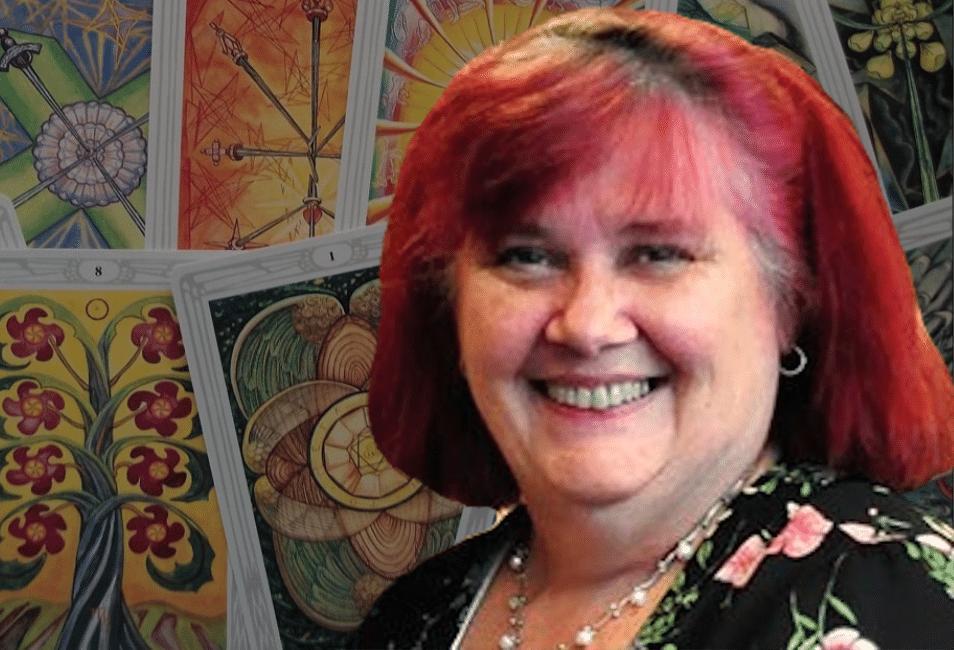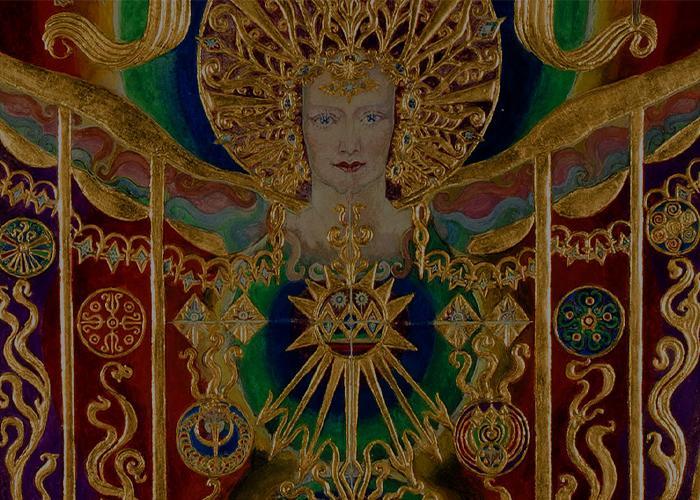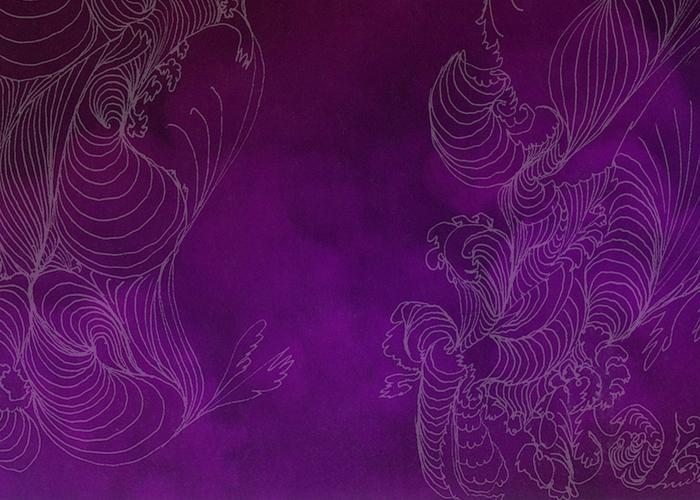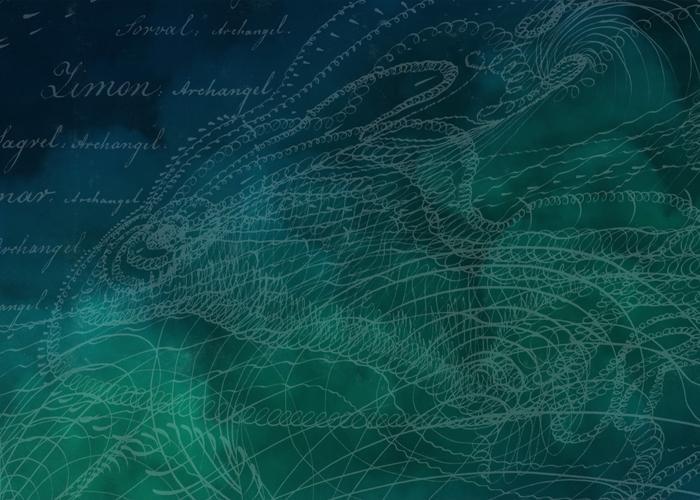The Rider-Waite-Smith is a trusted and enduring favourite among tarot readers. The College Archive is fortunate to have a first edition – allegedly Geraldine Cummins' own. Needless to say, it's an excellent deck, and usually every reader's first. The College also has a wonderful painting hanging on the wall by Isabelle de Steiger which is on permanent loan to us. It is often referred to as the Queen of Cups. Isabelle was a member of the Hermetic Order of the Golden Dawn as well as The College of Psychic Studies. However, we digress! Here are a few of our favourite takes on the tarot…
Aquarian Tarot by David Palladini (1970)
Anyone lucky enough to have David Palladini's The Sun poster on their wall? The Sun is easily one of the most iconic images from Palladini's Aquarian Tarot, but all are magnificent. Aquarian Tarot is based on the Rider-Waites and is very accessible. Its appealing Art Deco imagery and retro palette of pinks, reds and oranges creates a warm ambience for the reader and sitter, and its strong designs inspire a bolder reading.
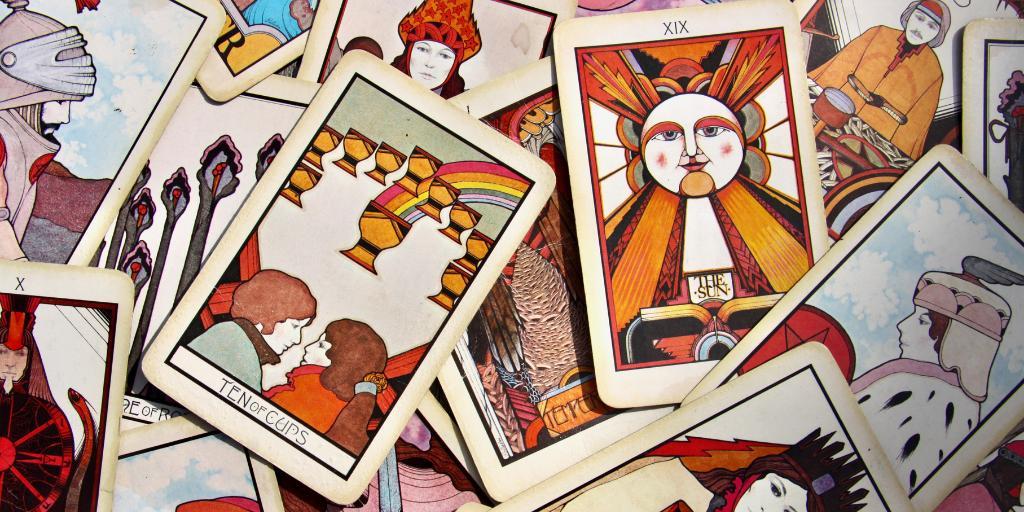
Motherpeace Tarot by Karen Vogel & Vickie Noble (c 1970)
After being engulfed by an overpowering psychic vision, roommates Vogel and Noble created the circular Motherpeace Tarot, with illustrations that celebrate indigenous culture, matriarchal tribes, ritual, wild expression and individuality. The round format – signifying the feminine – sets these cards apart. Motherpeace Tarot went on to inspire a line of Christian Dior haute couture in 2017, which peaked sales of the deck all over again. The deck has never been out of print.
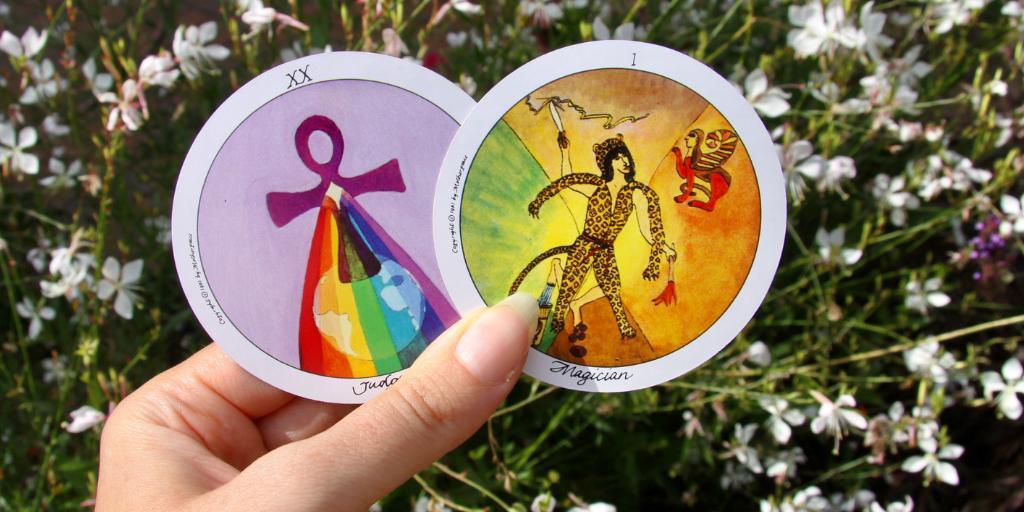
Tarot of the Cat People by Karen Kuykendall (1991)
The Cat Lady to peers and students, Karen Kuykendall combines science fiction and fantasy in this colourful feline deck. The cards were influenced by art history, architecture, costume and Karen's global travels – including her home in the Arizona desert. Karen Kuykendall is a lecturer, has made many books and papier-mâché art and jewellery which she wears to this day as she regularly attends sci-fi conventions.
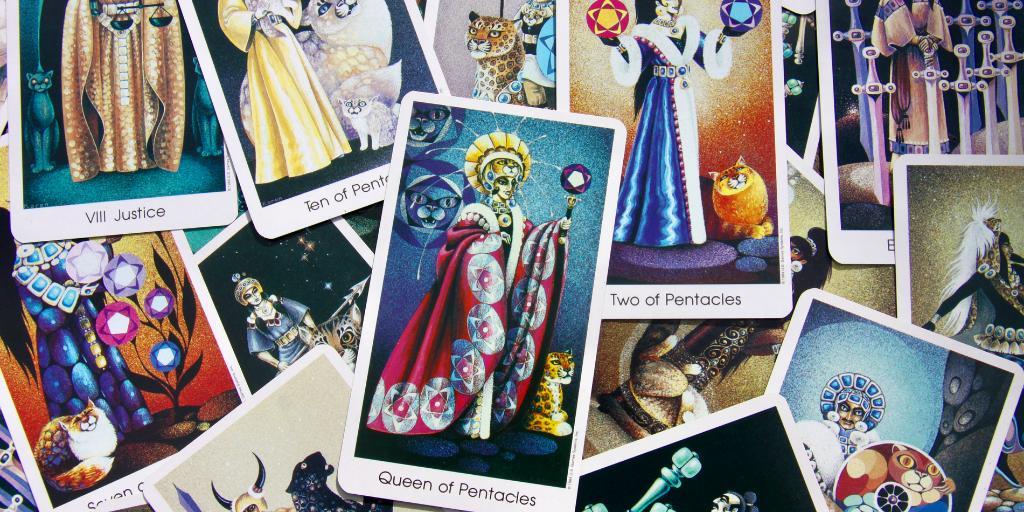
Thoth Tarot by Lady Frieda Harris & Aleister Crowley (1944)
Projective synthetic geometry and ethereal symbology create the Thoth Tarot's signature look. The deck draws on imagery from science, philosophy and occult theories from the Hermetic Order of the Golden Dawn. The Thoth Tarot is alive with colour and detail – it took five years to design! Each card is linked with its astrological association and Hebrew letter from the alphabet and has its own more complex spread.
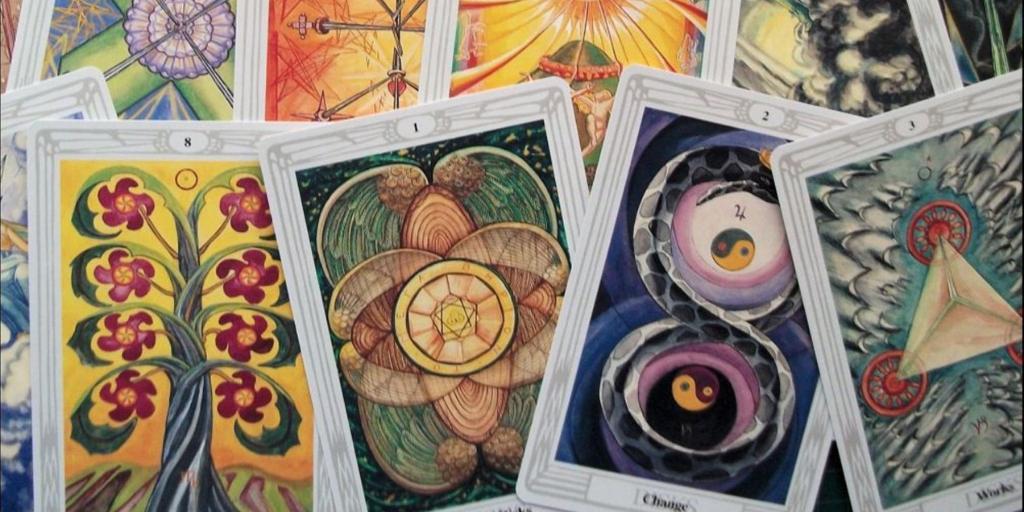
Navigators of the Mystic Sea Tarot by Julia Turk (1997)
Surreal and dream-like, this deck immerses the reader in a peculiar world. Navigators of the Mystic Sea Tarot is based on the Golden Dawn foundation of the Hermetic Qabbalah, with the colourful Tree of Life depicted on the back of the cards. The illustrations are eccentric and strange, including animals and obscure occult symbolism, and each card comes with poetry. The cards aren't numbered so can be read in any order.
The New Age or Neuzeit Tarot by Walter Wegmüller (1982)
Mythical creatures, Escher-style staircases, psychedelic details, shifts in perspective: The New Age Tarot can only be described as a 'Tarot trip'. This lively deck was created by the Swiss painter who became involved in the Krautrock music scene in the 1970s, and collaborated with The Cosmic Jokers to create the album Tarot.
Visconti-Sforza Tarot (c.1460)
The Visconti-Sforza Tarot collectively refers to incomplete sets of approximately 15 decks from the middle of the 15th century, now located in museums, libraries and private collections around the world. No complete deck has survived. The oldest surviving Tarot cards date back to a period when Tarot was still called Trionfi or 'trump' cards and used for everyday card games. The Visconti-Sforza depicts the origins of the tarot deck as we know it today.
Words and images by Francesca Way
Learn the tarot with us! Join our newsletter to receive updates on our tarot classes.


